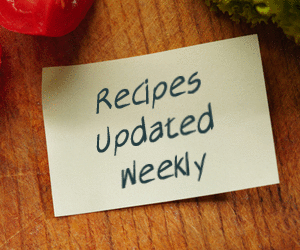Learning to Read ... Reading to Learn
02/28/2019 ● By Sandy Kauten
As
parents, we’ve all become familiar with the literacy goal of reading by third
grade. Schools
across
the nation carefully orient their curriculum and teaching practices to position
each
student
to be confident readers at this point and Oregon is no exception. But why third
grade?
What’s the significance of this benchmark?
Until
third grade, much of a child’s education focuses on learning to read, but at
third grade,
it
shifts. Content and curriculum become more involved and a child consumes more
information
through independent reading. "When a student reaches third grade, the
emphasis
shifts from learning to read to reading to learn,” according to Marianne Oakes,
a
language
arts specialist for Lane Education Service District. “This puts a student who
struggles
with foundational reading skills at a serious disadvantage. Comprehending a
Social
Studies
text is nearly impossible if you can't read the words on the page."
The
impact of a child’s inability to read at third grade start piling on, leading
to academic,
social
and emotional challenges. Ultimately, those who aren’t reading by third grade
become
much
less likely to graduate from high school –- and that has lifelong consequences.
“In
our community, too many kids don’t have the reading skills they need to reach
this
milestone,
which can have a lasting effect on their ability to close the opportunity gap
and
thrive
in school,” says Bess Day, United Way’s Director of Education. Specifically,
53% of Lane
County’s
students are not reading proficiently by third grade, according to a report by
Connected
Lane County.
Because
students’ learning styles and needs vary broadly, modern educators are using a
range
of techniques and curriculum to help each child read at grade level. Some
children
learn
phonetically, some sight read, and some are very visual. Many use a combination
of
techniques.
In any
case, every child stands to benefit from time spent with books. Lane County
educators
and
literacy advocates are poised for a community-wide effort that will encourage
parents
and
community members to help a child learn to read at grade level by improving
access to
books,
and pairing adults with young readers.
In
June, United Way, the Early Learning Alliance and Connected Lane County will
hold
"BookFest"
to distribute free books to kindergarten, first and second-graders in the Lane
County
schools where kids are often furthest from opportunity. BookFest is held right
before
students
head home for summer in order to help prevent the "summer slide" that
occurs
when
kids -- especially those who come from families navigating poverty -- often
lose the
literacy gains they make over the
school year.
Other
community reading efforts are also in place. This spring, the Eugene Emeralds’
wellloved
mascot,
the hairy, neon green ‘Sluggo’, will visit dozens of Lane County schools to
motivate
kids to read and reward those who meet reading goals with free tickets to an
Ems
game.
To
connect with local literacy programs, reach out directly to the program, or ask
your child’s
teacher
how you can help support your child’s reading efforts. And in any case and no
matter
what
your child’s literacy level, educators encourage families to read together
every day.
Use
Your Library!
Most
Lane County public libraries have children’s programs and librarians on hand to
help
choose
books that will captivate any youngster’s interests. Put these local resources
to work
for
your child – and for your own reading, too!
Connect
with Local Literacy Programs
• United
Way: unitedwaylane.org/elementary-school-success
• Sluggo’s Reading Challenge:
milb.com/eugene/community/read


